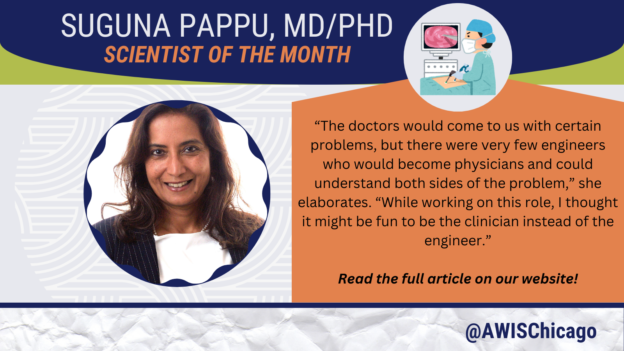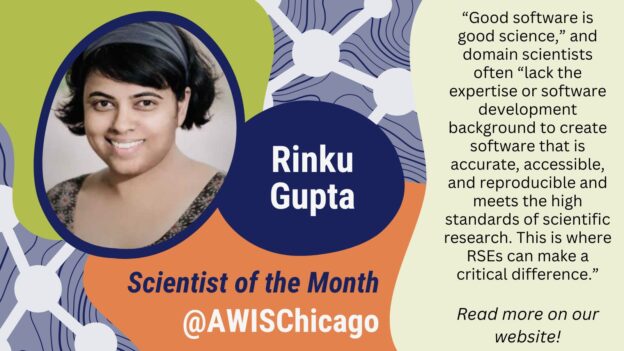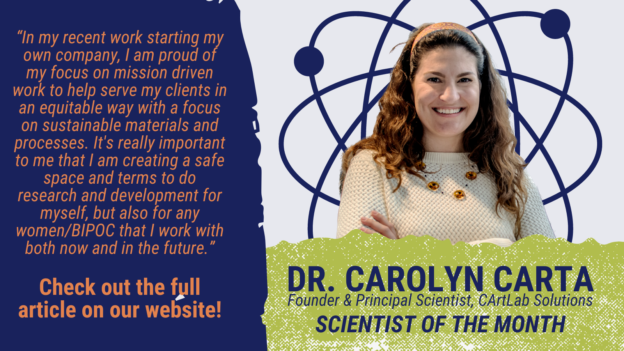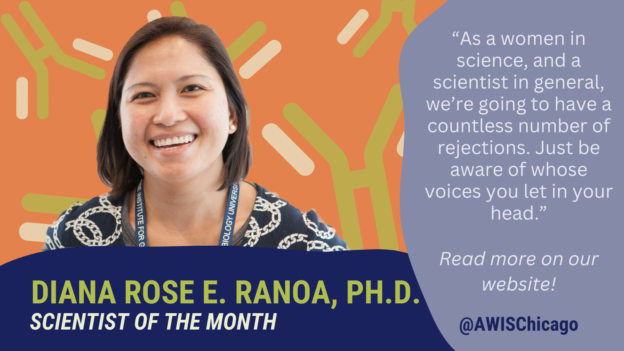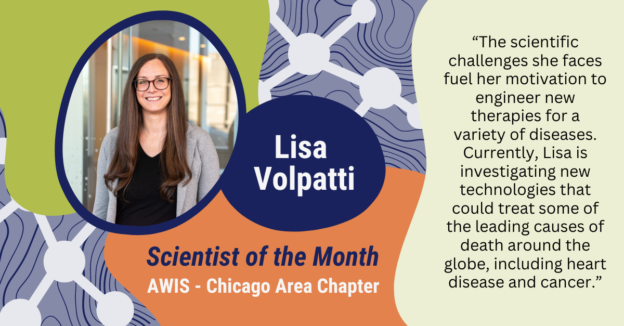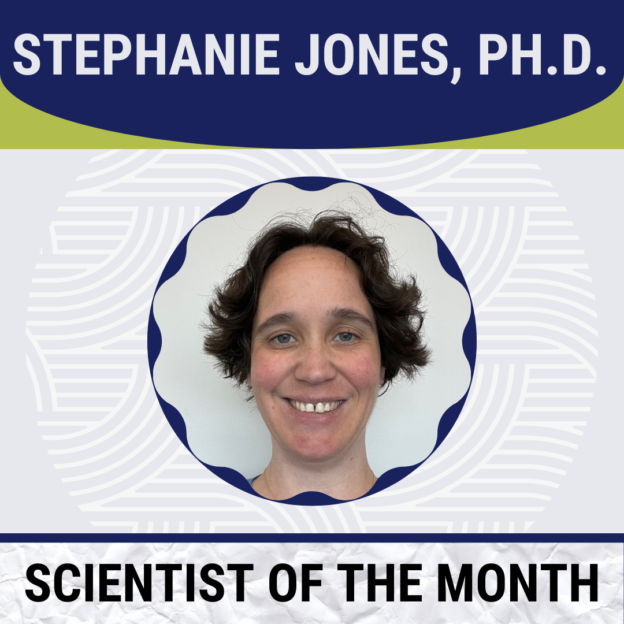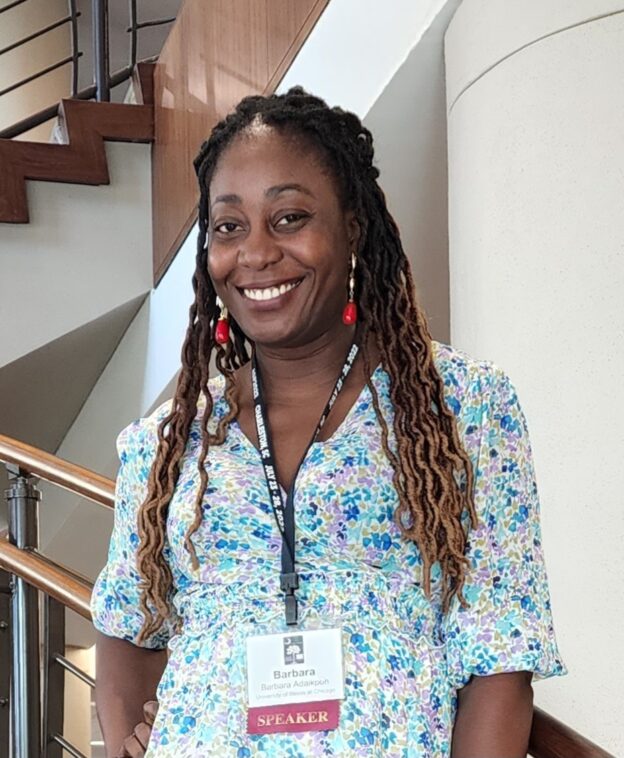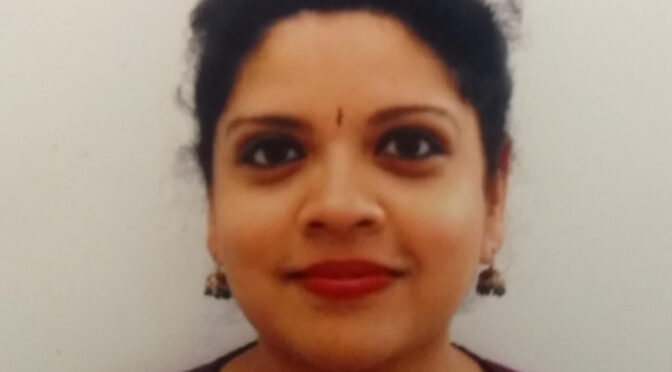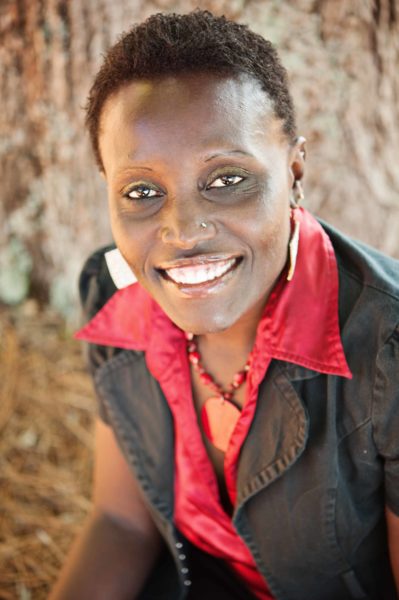By Elodie Kadjo
Dr. Suguna Pappu, Clinical Associate Professor, Carle Illinois College of Medicine
Suguna Pappu is a clinical associate professor at Carle Illinois College of Medicine. She obtained bachelor’s degrees in mathematics and economics from Miami University in Ohio, a PhD in operations research from the Massachusetts Institute of Technology (MIT), and a medical doctorate from Yale School of Medicine.
Dr. Pappu’s path to her current position is far from traditional. While working on her bachelor’s degree, Suguna intended to be an economist. Although her academic and professional track suggests otherwise, Suguna humbly declares that she is not a naturally gifted mathematician, the one who can develop theorems and axioms. So, instead of pursuing a PhD in mathematics, she wanted to apply her knowledge of mathematics to social sciences and solve real-life problems. Because Miami University did not have an engineering school then, Suguna obtained a minor in operations research. A discipline that involves the analysis of probabilistic systems and industrial engineering applied to optimization techniques, whose algorithms are used in many engineering fields.
After completing her bachelor’s degree, Suguna decided to further her knowledge by pursuing a PhD. “I applied to four programs in economics and four in operation research because I liked both,” she explains. Suguna finally settled for a PhD program in the operation research program at MIT. Upon completing her PhD, she started a postdoctoral position at Yale to be close to her husband. There, she worked on computer vision and switched to medical imaging analysis in a different lab. In the medical imaging lab, Suguna’s role was to translate technical issues encountered by clinicians into an engineering problem and design tools that could solve those problems. “The doctors would come to us with certain problems, but there were very few engineers who would become physicians and could understand both sides of the problem,” she elaborates. “While working on this role, I thought it might be fun to be the clinician instead of the engineer,” she adds, describing her journey’s progression.
Thus, Suguna went to medical school. Recalling her journey, she tells how she first started her work in general surgery and was fascinated by vascular surgery. A turn of fate brought her family to New Mexico, so Dr. Pappu opted for a rotation in neurosurgery at the University of New Mexico. The engineer in Suguna saw neurosurgery as a good fit for the application and development of technology. After finishing her residency at the University of New Mexico and holding a faculty position there for five years, Suguna eventually moved to Chicago in 2018, where she took a position at Loyola University.
Dr. Pappu next found the opportunity she had been looking for: the possibility of training other engineers who want to practice medicine. In her previous role, she worked on bringing engineers to the intensive care unit (ICU) and presenting them with problems physicians face. Because Carle College of Medicine was already doing so many amazing things to bridge the communication gap between engineers and physicians, Suguna found it more beneficial to be the clinical meet point for engineers. In addition, the hospital had an opening for a neurosurgeon, so Dr. Pappu joined the clinical space and, over the last year, became involved with the medical school.
In her current position as director of student research, Suguna is working with some labs on projects by providing feedback on initiatives she has initiated from scratch. With other groups, she attends lab meetings and gives feedback. “It’s a critical position because the engineers want clinical inputs, but the clinicians are pretty busy, and it’s hard to engage them,” she states.
Suguna is also chair of the curriculum oversight committee at Carle Illinois College of Medicine, ensuring that students are trained to be physicians while incorporating many engineering perspectives in every part of the curriculum. The “idea course” integrated into the curriculum is an excellent way to reach that objective. In addition to the preclinical and clinical training provided in traditional medical school, the students in small groups make a weekly hospital round with an engineer to identify problems and develop possible solutions that could be included in their capstone project.
As a neurosurgeon, Dr. Pappu enjoys communicating with her patients. She can clearly explain the nature of their pain, the basics of what the surgery entails, and her expectations for recovery. On the other hand, Suguna loves teaching, a trait inherited from her father, a retired professor, and from her mother, a former teacher. One project she is currently working on with a group of female mechanical engineers and surgeon women involves adapting current surgical instruments to women. “I am a woman surgeon, and I work with tools designed by men for men. Some of those instruments require a lot of grip strength, and the small hands of women make it challenging to use those instruments,” she explains. Interestingly, the solution she is developing will also benefit men with bigger hands, who face their own difficulties using some instruments.
Suguna met many mentors throughout her career, none as influential as her mother. Though her mother passed away before Suguna finished her residency, she envisioned that Suguna would be a doctor. An immigrant woman from India, Suguna’s mom ensured that her daughter could do the things she did not have the opportunity to do. With a laugh, Suguna recounts, “My mother advised me to take assembly language programming because someone told her it was important.” Fondly, Suguna adds, “She is a fierce and honest woman who has very high standards for herself and the people around her. Her influence is still visible in my life.”
Although her journey might have involved many challenges, Suguna only mentions the challenges inherent to being a woman, having children, and working. She states, “Every time you work outside the home, whether at Walmart or as a neurosurgeon at the hospital, you always feel like you haven’t brought everything to whatever you are doing.” Suguna also credits her husband and her extended family for the support they provided throughout her career. The trust and sincere communication she developed with her family provided balance at every step and is the foundation on which she raised her two intelligent and accomplished daughters.
Suguna sees everything as a work in progress. “In my work, I always see things that bring humility back to you, whether it is an unexpectedly infected wound after an operation or an unhappy patient.” She encourages other women to be open to new things when faced with adversities because there are “lateral moves” that can lead to better outcomes. The essential things she advises are to have fun, be curious, and be humble.

